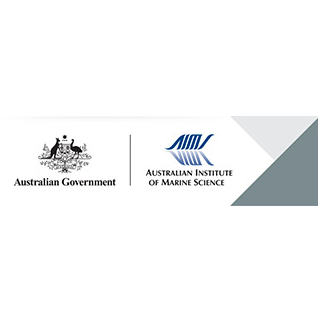Full description
Tissues of the Antarctic notothenioid fish (Chaenocephalus aceratus, Champsocephalus gunnari and Gobionotothen gibberifrons) and extracts of Antarctic krill (Euphausia superba) and phytoplankton were examined for Vitamin E content.Notothenioid fish specimens were captured from depths of 80-200 m using benthic Otter trawls in Dallmann Bay in the vicinity of Astrolabe Needle off the Antarctic Peninsula. Samples of white (glycolytic) myotomal skeletal muscle, oxidative skeletal muscle (pectoral adductor profundus), liver, spleen and gonadal tissue were quickly excised, blotted and weighed. Krill were collected as a catch by-product. A mixed phytoplankton sample was collected from waters of the lower Gerlache Strait and Neumayer Channel by pumping uncontaminated seawater through a plankton net of 20 µm mesh size. Slices of Minke whale, Balaenoptera acutorostrata, from the Tokyo fish market, were also examined.Vitamin E concentrations in sample extracts were determined by HPLC separation on two analytical columns connected in tandem.To examine tissues of Antarctic species for a form of Vitamin E (a marine derived unsaturated-isoprenoid derivative of alpha-tocomonoenol) associated with cold-water adaptation.
Lineage
Maintenance and Update Frequency: notPlannedNotes
CreditDunlap, Walter C, Dr (Principal Investigator)
Modified: 22 08 2025
text: westlimit=-62.583333; southlimit=-64.16667; eastlimit=-62.583333; northlimit=-64.16667
Notothenioid fish, krill and phytoplankton from Antarctica contain a vitamin E constituent (alpha-tocomonoenol) functionally associated with cold-water adaptation: Dunlap WC, Fujisawa A and Yamamoto Y (2002) Notothenioid fish, krill and phytoplankton from Antarctica contain a vitamin E constituent (alpha-tocomonoenol) functionally associated with cold-water adaptation. Comparative Biochemistry and Physiology Part B: Biochemistry and Molecular Biology 133: 299-305.
local : articleId=5975
- global : c14daf3f-26bd-41c4-885e-8fa4a8082e84


